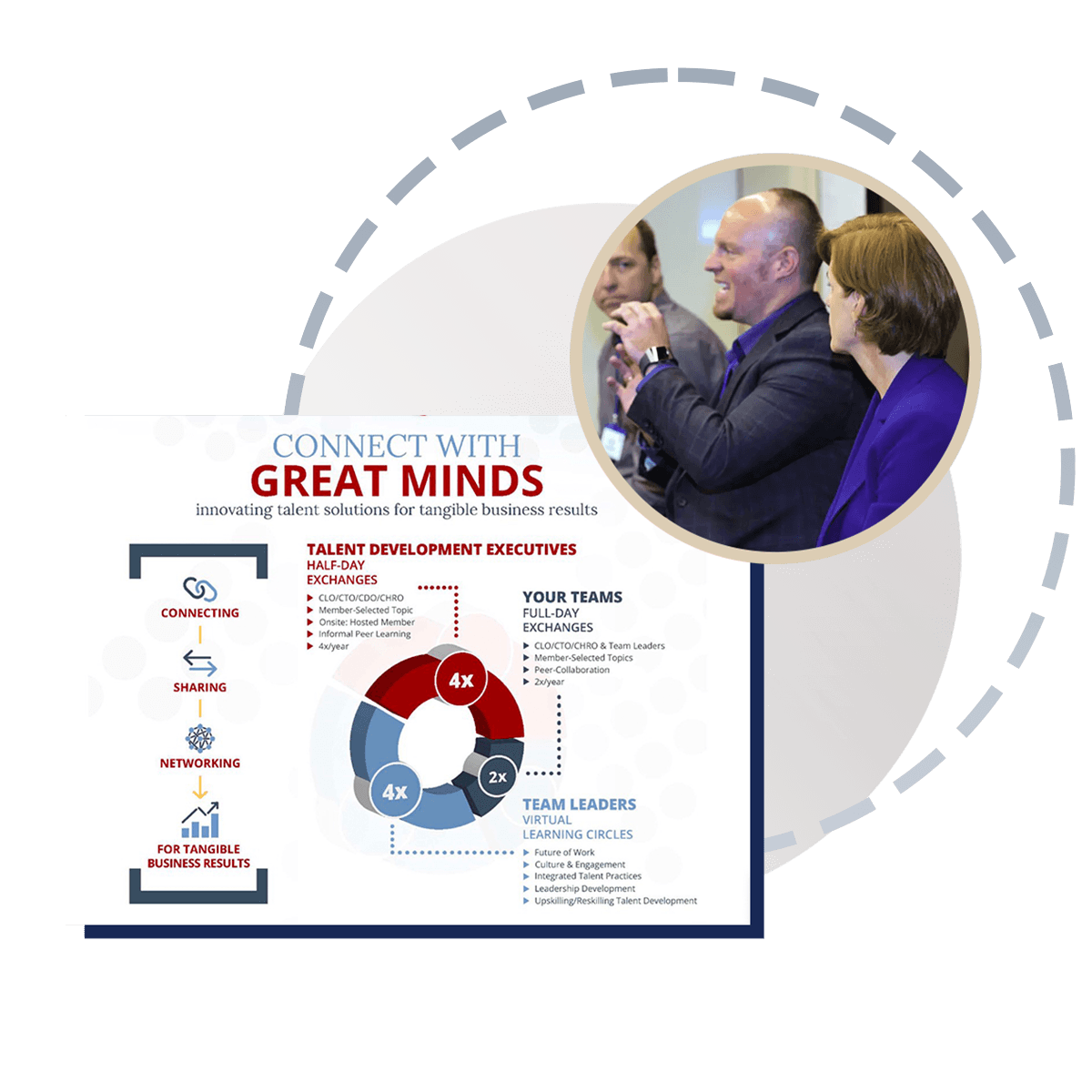This moment video is from September 22, 2025 session Nonprofit Success Stories Using AI for L&D
This interactive discussion explores nonprofit use cases—often working with limited resources—are using AI in smart, practical ways to transform learning and development. The conversation made it clear: AI is not replacing talent leaders, but amplifying their ability to deliver personalized learning, empower staff, and build future-ready cultures.
As one panelist shared:
“By embracing AI, a team member unlocked new skills, greater confidence, and a well-earned raise.” — Dani Houchin, Origami Works Foundation
And at scale, the potential is just as powerful:
“AI helps us customize training to each role, making learning more relevant and engaging.” — Natalie Kindred
Together, these stories highlight AI’s dual impact—driving both personal growth and organizational transformation.
🔑 5 Key Takeaways
-
AI is a Co-Creator, Not a Replacement: Leaders are using AI to draft outlines, scenarios, and training objectives, while refining for culture and context.
-
Personalization at Scale: AI makes role-based and learner-specific customization possible, even in large and diverse workforces.
-
AI as a Retention Tool: Employees who adopt AI gain confidence, deliver higher-value work, and are more likely to stay and grow with the organization.
-
Faster Prototyping & Content Creation: From brainstorming to role-play scenarios, AI accelerates design cycles and increases relevance.
-
Transparency Builds Trust: Sharing how AI was used to create drafts makes it easier for teams to give constructive feedback and adopt AI practices.
🛠 5 Practical Actions for Talent Leaders
-
Pilot AI Experiments: Start with safe, small-scale use cases like goal setting or workshop outlines.
-
Leverage Personas: Use AI to design role-specific or personality-driven learning experiences that feel tailored.
-
Set Guardrails Early: Train teams on safe AI use to prevent risks like uploading sensitive documents.
-
Coach AI Fluency: Encourage employees to see AI as a growth tool that expands their skills, not a shortcut.
-
Refine Prompts Intentionally: Ask AI, “What’s generic?” or “What’s missing?” to sharpen quality outputs.
For nonprofit organizations—and any talent development leader—AI offers a rare combination: accessibility, low cost, and high impact. The session underscored that when AI is used as a partner in learning, it empowers employees to grow, helps leaders personalize development at scale, and accelerates content creation without sacrificing quality.
💬 Continue this conversation in the ELE Idea Exchange—share how you’re experimenting with AI in L&D and learn from your peers.
